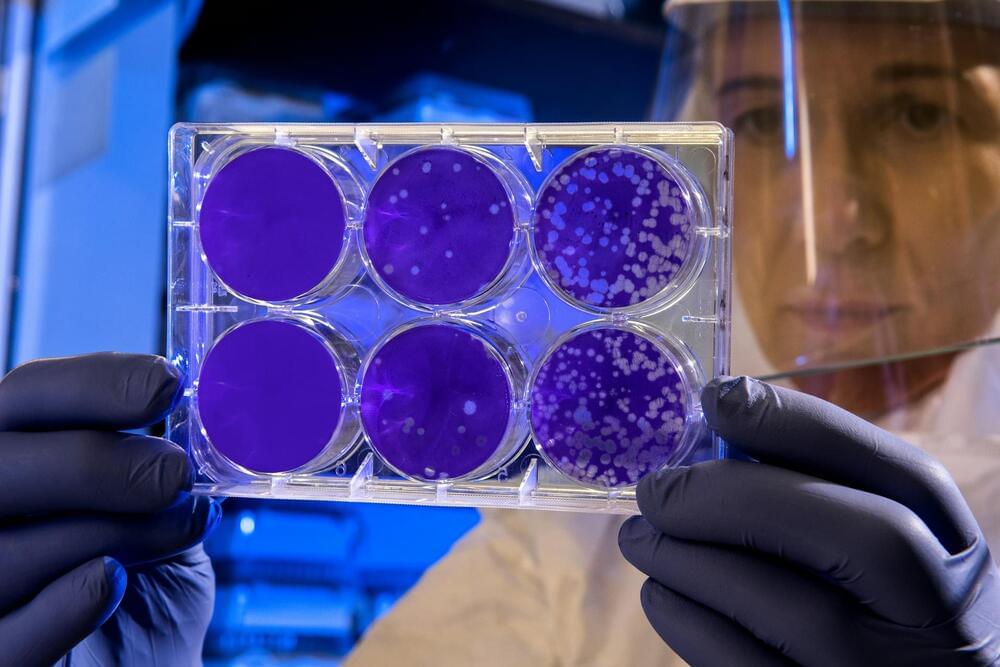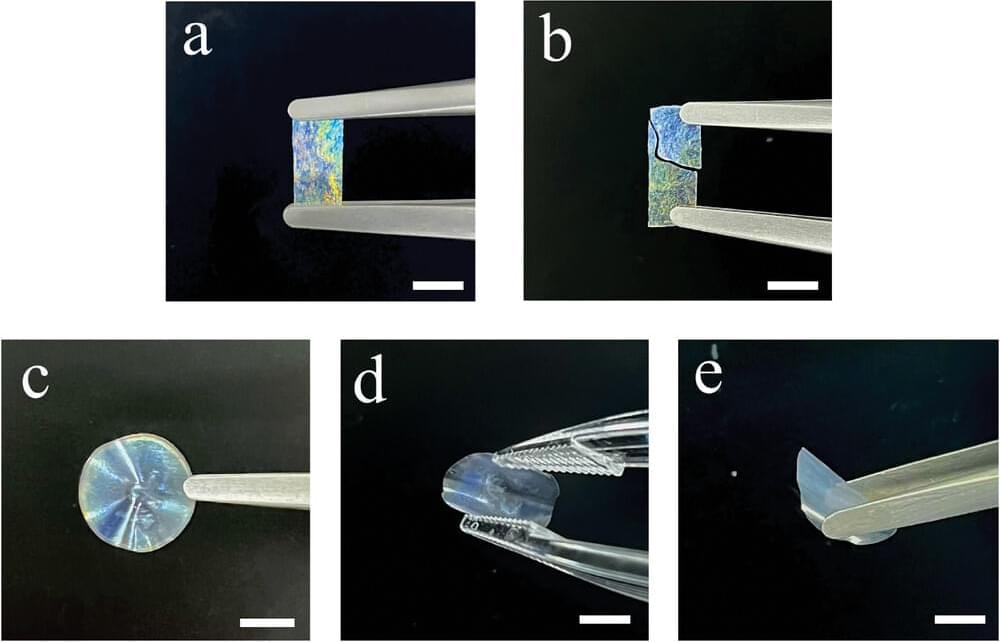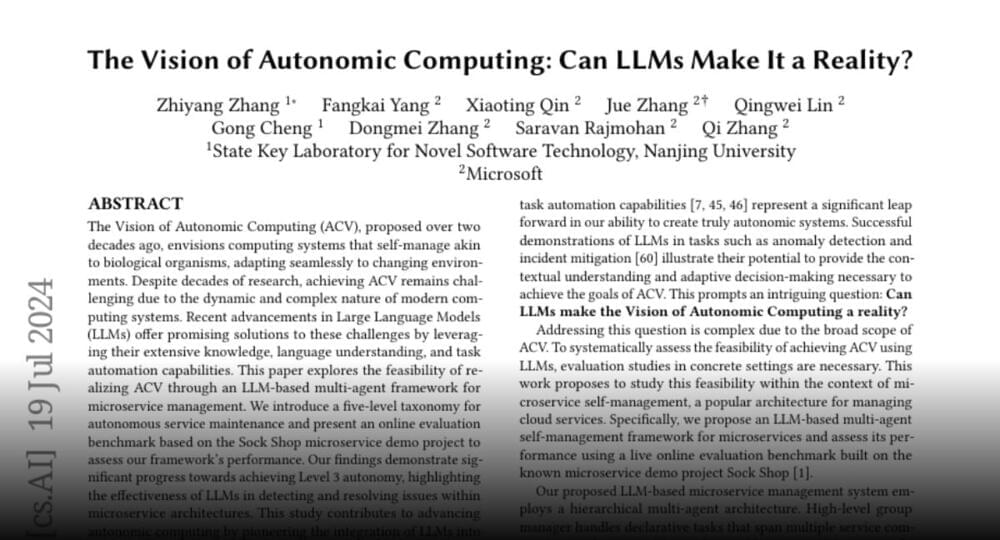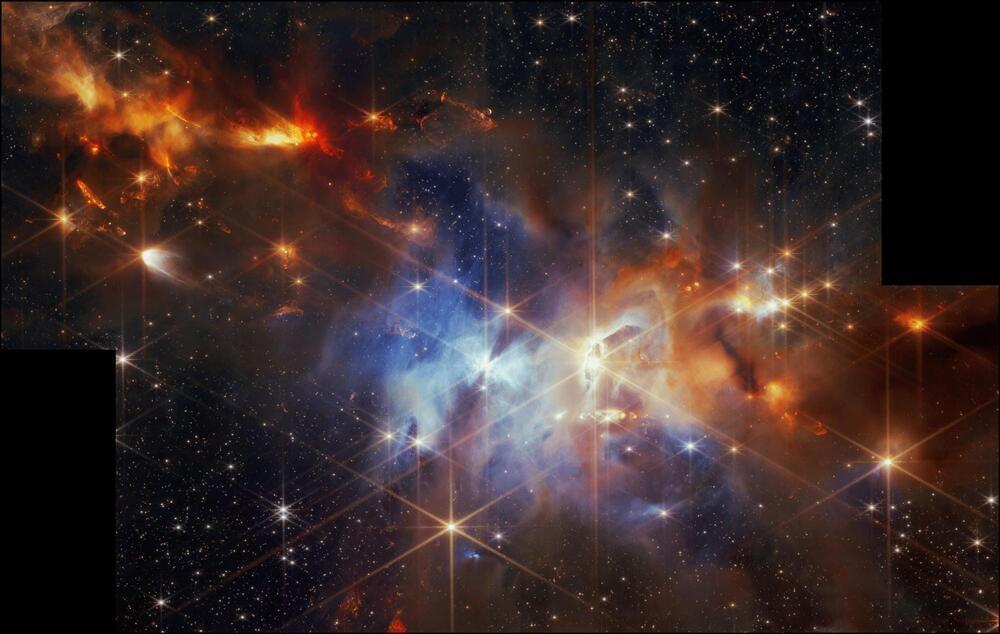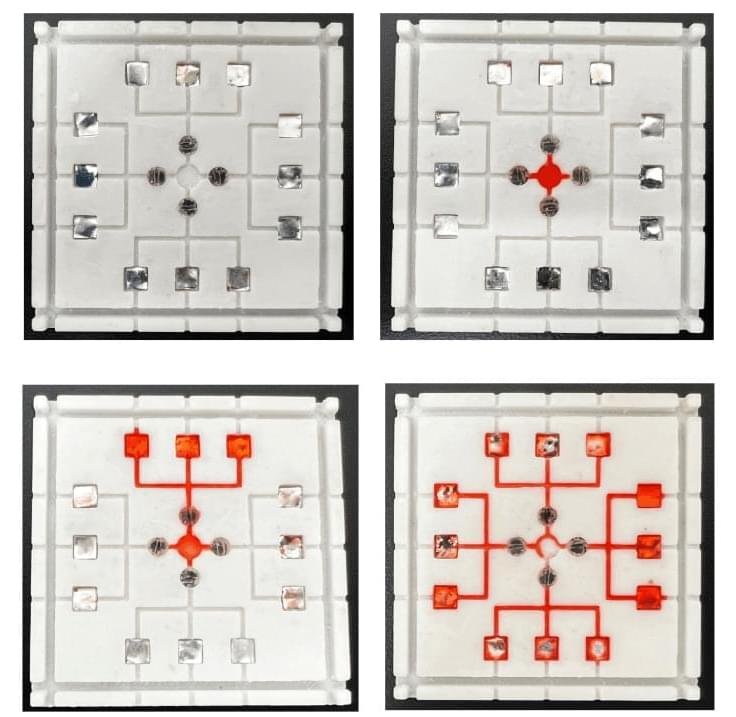To tackle this issue, Israeli medical technology startup NanoSynex has developed a rapid personalized diagnostic test, which will enable doctors to prescribe the correct antibiotics at the moment they are needed most.
“There is a clear issue of misuse and overuse of antibiotics, and one of the ways to address this crisis, other than developing new antibiotics, is to better use existing antibiotics, by boosting the development of rapid and reliable diagnostic solutions, which is what we are doing at NanoSynex,” Diane Abensur, CEO and co-founder of NanoSynex, tells NoCamels.
NanoSynex offers laboratories better and faster solutions to determine the best treatment plan by providing rapid and accurate results for Antimicrobial Susceptibility Testing (AST), tests that are used to determine which specific antibiotics a particular bacteria or fungus is sensitive to.
